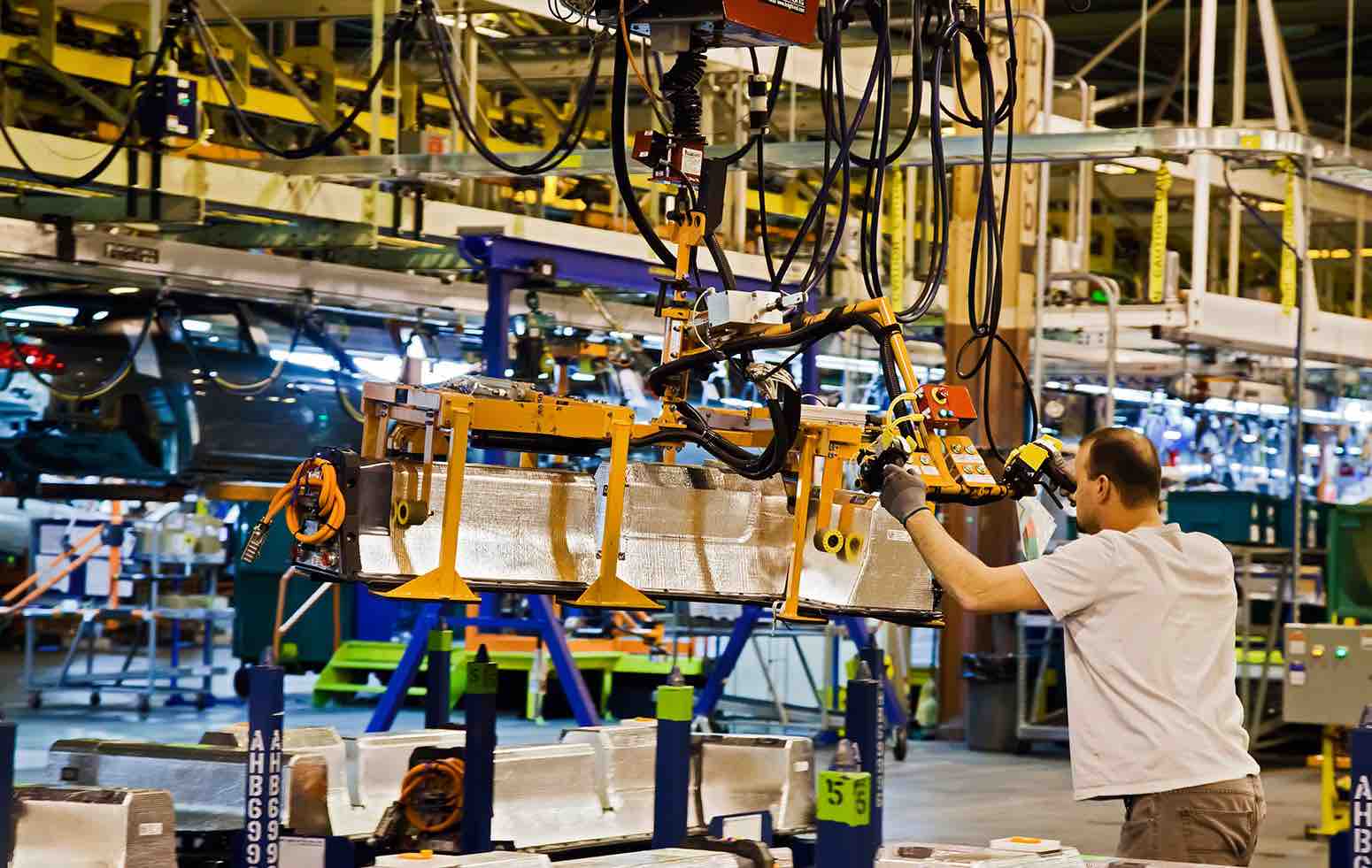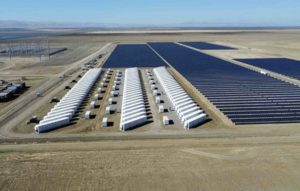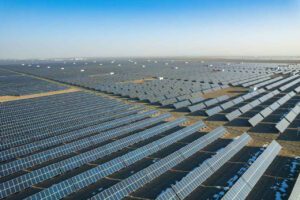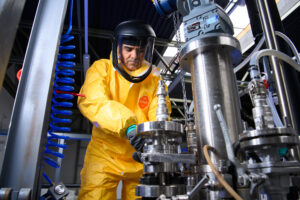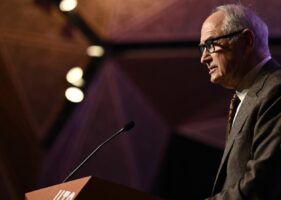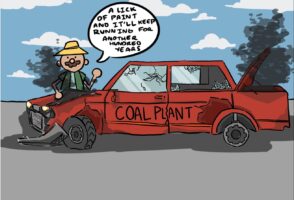As more and more automakers move to manufacturing EVs and energy storage capacity ramps up around the world, lithium-ion batteries become increasingly high demand and their production capacity of greater importance to companies around the world.
With this in mind, and ahead of Tesla’s much anticipated Battery Day next week, Bloomberg New Energy Finance (BNEF) has published its inaugural Global Lithium-Ion Battery Supply Chain Ranking, and it is unsurprising to see it currently dominated by Asian giants.
China unsurprisingly leads the way thanks to its large domestic battery demand of 72GWh and its control of 80% of the world’s raw material refining capacity – 77% of the world’s cell capacity and 60% of the world’s component manufacturing.
Japan and Korea rank number two and three, respectively, and while neither country has the same influence in raw materials refining and mining that China has, they are nevertheless still leaders in battery and components manufacturing thanks in large part to their higher environmental and RII (regulations, innovation & infrastructure) scores compared to China.
Australia, despite being touted as the one of the few countries in the world where all the components of battery storage can be found, and indeed it s ranked number 2 for raw materials, falls to 11th on the overall rankings, and BNEF is not forecasting any improvement over the next five years. Australia, it says, has a lousy environmental score of 21.
“China’s dominance of the industry is to be expected given its huge investments and the policies the country has implemented over the past decade,” said James Frith, BNEF’s head of energy storage. “Chinese manufacturers, like CATL, have come from nothing to being world-leading in less than 10 years.
However, while traditional Asian technological powerhouses dominate the top of the rankings, BNEF’s report looking out to 2025 see Europe and the United States clawing their up the rankings.
“The next decade will be particularly interesting as Europe and the US try to create their own battery champions to challenge Asian incumbents who are already building capacity in both places,” Frith added. “While Europe is launching initiatives to capture more of the raw material value chain, the U.S. is slower to react on this.”
One major driver of European battery evolution is the increasing need for battery cell manufacturing facilities close to automotive production to meet growing EV demand.
According to BNEF, this has led to a boom in European cell plants while the rest of the lithium-ion battery supply chain is similarly making its way onto European shores.
Already, five European countries placed in BNEF’s top 10 supply chain ranking, and by 2025 BNEF expects the top 10 to undergo a dramatic shift, as seen below:
Figure 1: Lithium-ion battery supply chain rankings, 2020 and expected in 2025

As with many aspects of the global transition to a low-carbon world, the United States’ upcoming presidential election will dictate whether America returns to a position of authority or continues to languish in obscurity and fall to obsolescence.
\Currently in sixth place in BNEF’s rankings, Bloomberg nevertheless believe that if it were to increase its investment in raw materials while simultaneously promoting EV adoption, the United States could overtake both Japan and China to be number one in 2025.
Conversely, across the Pond, the United Kingdom could see its position fall from 7 if it is unable to access the large demand in Continental Europe – which, at 152GWh, will be approximately five-times the size of its own domestic market – jeopardized by BREXIT.
“A key concern of many raw materials producing countries is how to leverage resource wealth into more value-add, and attract further downstream investments, like battery manufacturing,” said Sophie Lu, head of metals and mining at BloombergNEF.
“Key distinguishing factors are the environmental footprint of industry, the availability of cheap but clean electricity, a technically skilled labor force, and incentives driving battery demand. These factors may be more important than a monopoly on one specific critical metal.”
BloombergNEF’s report also highlights the growing importance of sustainability and carbon emissions associated with the lithium-ion battery supply chain.
The electricity that is used in the material processing and cell manufacturing process must be low-carbon.
The report’s rankings placed France as the best in the environmental category thanks in large part to its electricity grids’ 2019 low-carbon emissions factor of 28gCO2/kWh.
Meanwhile, the introduction of carbon border taxes proposed by both the European Commission and US Democratic presidential nominee Joe Biden could provide regions or countries leverage to secure localized supply chains.
“Access to raw materials, talent and infrastructure are vital in attracting investment into the value chain,” said Kwasi Ampofo, BNEF’s lead analyst covering battery raw materials.
“In addition to making significant investments into mining of critical minerals all around the world, China is also the dominant player in materials refining.
This has given it the advantage over Japan and Korea. Other countries seeking to be dominant players in the overall value chain may need to support upstream metals mining and refining development, while also formulating policies that will safeguard the environment.”

